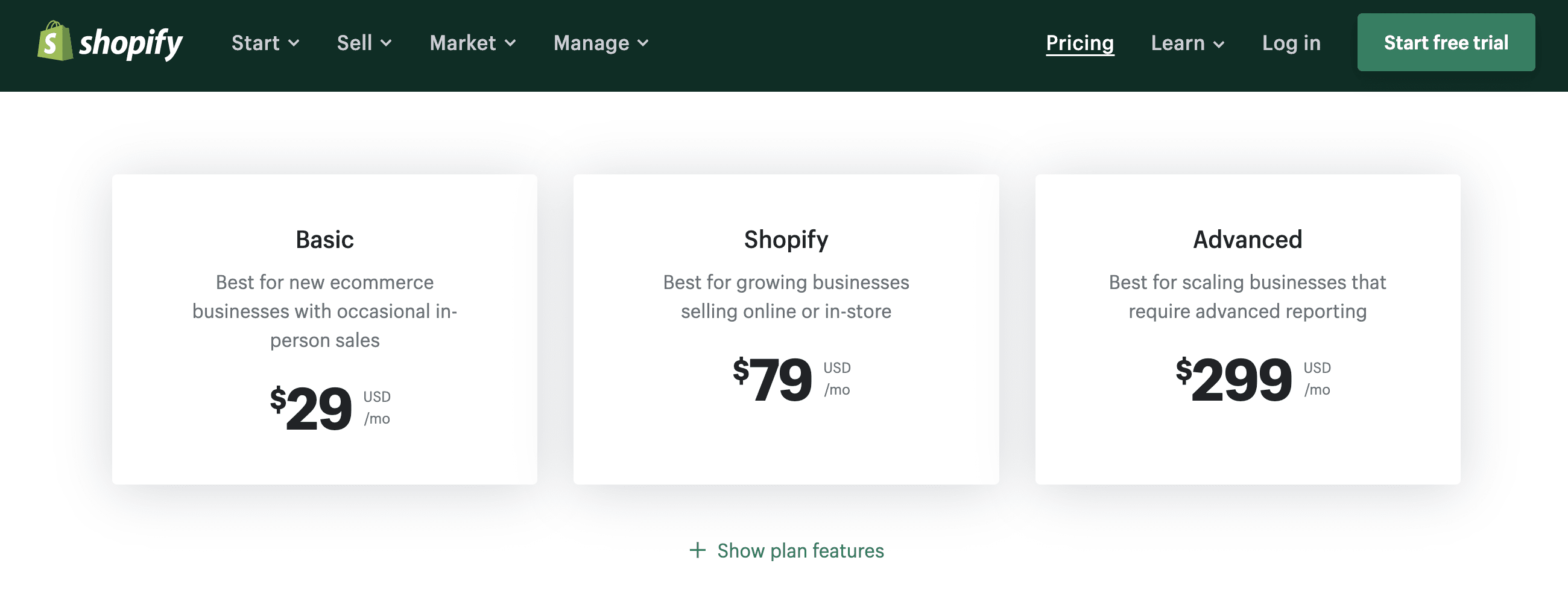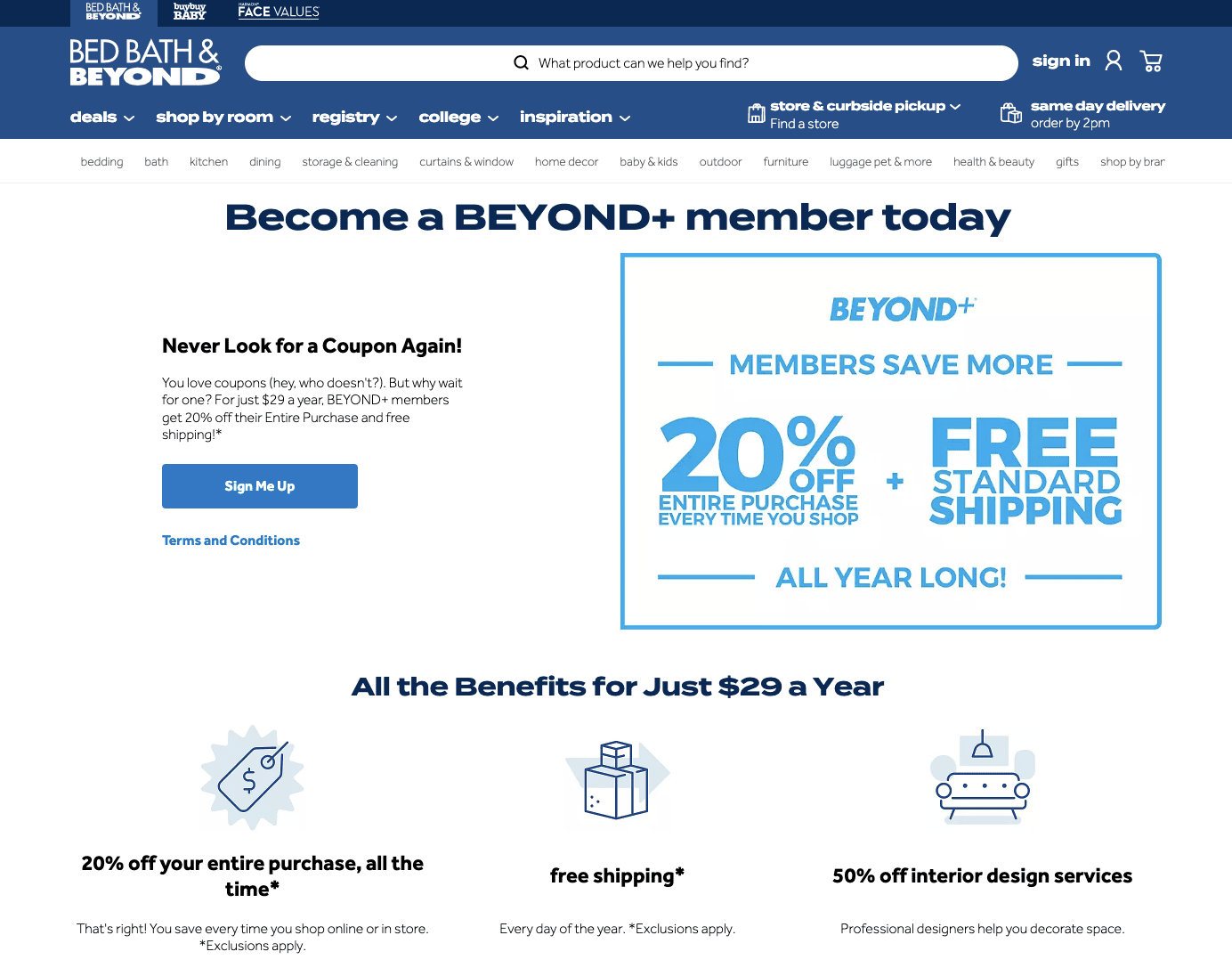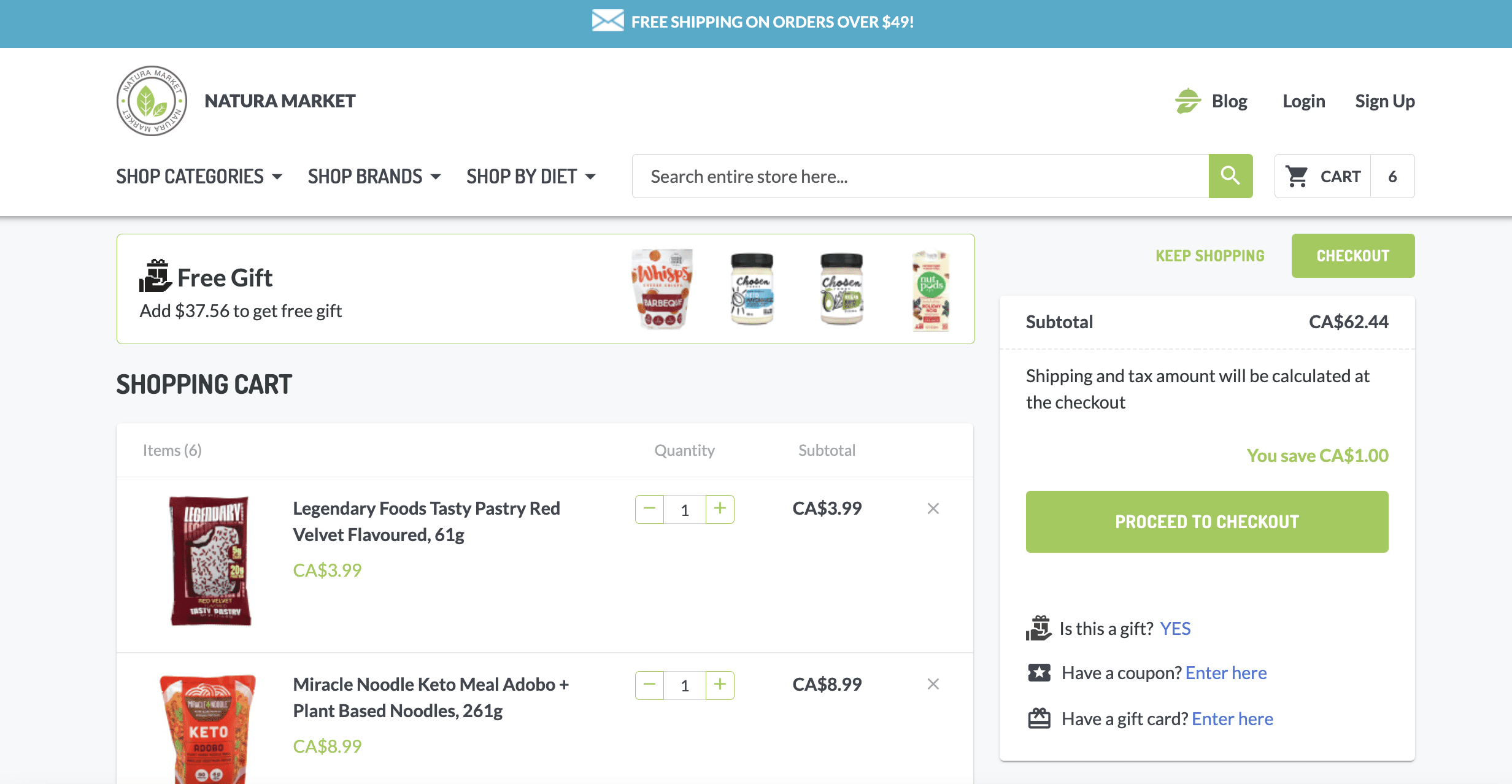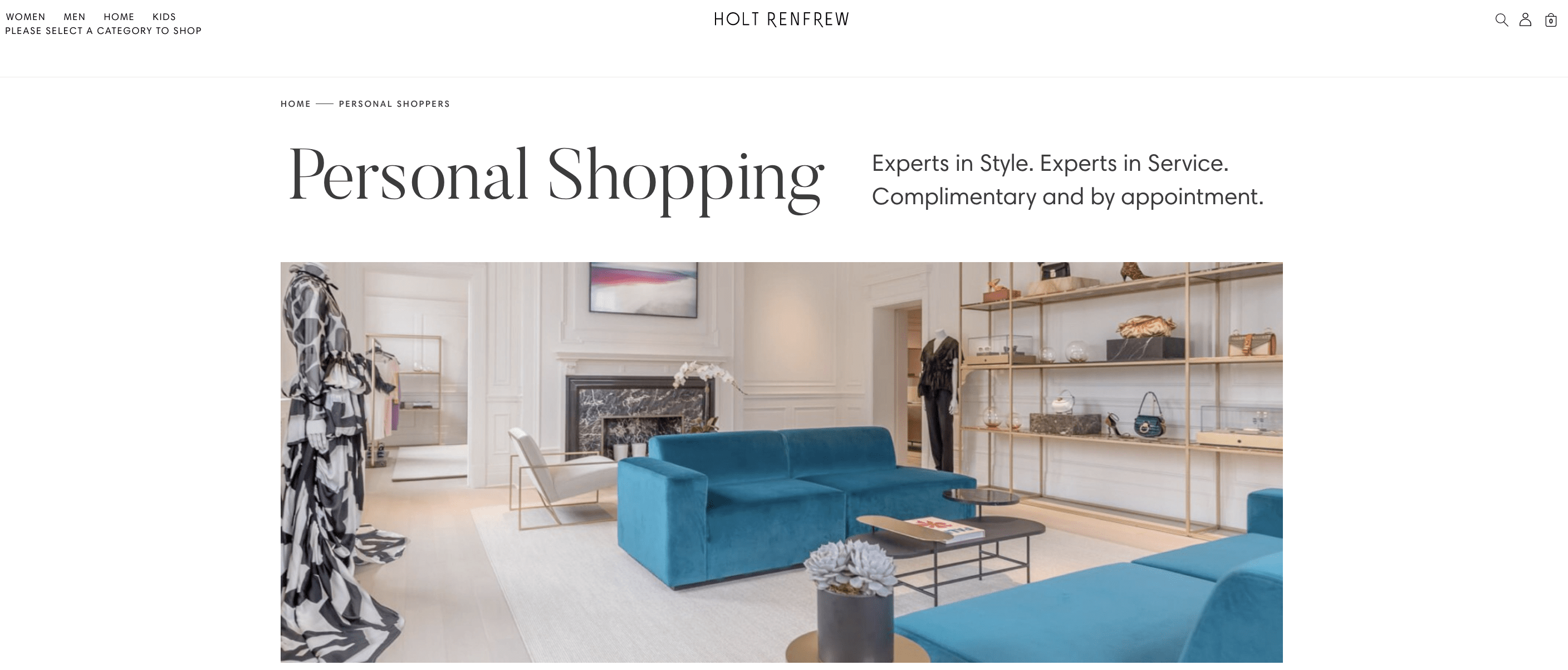How much are your customers spending every time they make an order on your site? There’s an easy way to find out. The Average Order Value (AOV) of your store indicates the average order amount of all transactions made in any given time period, and it directly correlates to how much revenue and profit you earn. By understanding it you can determine the financial health of your store and use that information to make better business decisions when it comes to ad spending, product pricing, user experience and more. In this article, we’ll break down how you can increase your average order value, so you can earn more income per order.
What is Average Order Value?
The average order value of your store is your total revenue divided by your total number of orders. This simple equation gives you the average amount each customer spends every time they place an order on your website.
The average order value is a Key Performance Indicator (KPI) and is typically measured in conjunction with other important performance indicators like the conversion rate of an ecommerce store as well as the customer lifetime value. While each of these metrics is important to monitor on an individual basis, collectively they create a big picture overview of a store’s performance overall.
Most ecommerce stores approach their average order value with these two methodical steps:
- Step 1: Measure the average order value
- Step 2: Improve it
Although these steps are somewhat simplified, they truly represent how ecommerce store owners handle their average order values. The following content will explain how to execute each step in more detail.

How to Calculate Your Average Order Value
To calculate average order value, use the formula below.
Average order value = your store’s revenue / your store’s orders.
For example, if you’ve earned $10,000 in revenue this year and you’ve had 200 orders, when you calculate your average order value you’ll discover that it’s worth $50 per order. This means that, on average, every time a customer successfully checks out their shopping cart, you’ll earn $50 in revenue. Your store’s revenue information and order count should be easily accessible either directly on your ecommerce platform dashboard or in your Google Analytics, if you have it connected to your store.
The important thing to take into consideration when you calculate average order value for your store is that it’s determined by the sales per order, not just by the sales per customer. If a customer purchases from your website twice, both of those orders factor into how you calculate average order value. It’s also important to note that the average order value determines the average amount of revenue you make per order, not how much profit you make. This is an important distinction to make because expenses and costs will need to be subtracted from your average order value to give you a complete overview of how much profit you earn per order, on average.
Regularly check your average order value so you can intercept any possible changes that may have affected it in earlier stages than you would have otherwise if you were not monitoring your average order value regularly. Any changes to your website like product pricing, shipping prices, shipping times, return policies, and store navigation can have an impact on your average order value.
How to Increase Average Order Value
1. Bundling products
If you sell more than one product on your online store, then this is a tactic you can use to increase your average order value. Pairing two or more products together at a price that is more expensive than just one product but less expensive than if the customer were to just purchase them separately increases the perceived value of the deal they’re receiving and will cause them to spend more than they may have otherwise.
To make use of this tactic for your online store, bundle products together that customers often purchase at the same time, or products that work in conjunction with one another. Alternatively, you can also provide your customers with the option to create their own bundles by allowing them to choose from a selection of add-ons that you provide to them.

2. Upselling
When a customer is ready to check out or if they’ve added a product to their shopping cart, suggest that they upgrade to a more expensive version of the product that boasts more features. For example, McDonald’s is famously known for its upselling tactic of asking customers if they would like to “supersize” their meal. Supersizing a meal will cost the customer more, however, they’ll also receive more food, which is where they can see the value in the upsell.
To implement this tactic on your own online store, make sure you first have products to upsell your customers to and second, that you suggest them to your customers! Often your website visitors may not check out your higher-value products but when you actually suggest one of them to your visitors, they’ll take them into consideration.
3. Low inventory notifications
One of the marketing and pricing strategies you can do for increasing average order value is show low inventory notifications. When an item is low in inventory, often discounts can help sell it through. Not only does this help you sell out of a product you sell, which is good on the books, but it also allows you to earn more per order.
You can highlight low inventory using badges on product pages or by having a pop-up appear at checkout with products that are “running out fast.” The element of scarcity can help quickly compel someone to add products to their cart, that they weren’t originally planning to buy. Thus, allowing you to increase the average dollar amount.
4. Price anchoring
With price anchoring, you surround your target price (which, in this case, would be something around the average order value you’re trying to achieve) between one product that’s much lower priced and offering much lower value, and another product that’s much higher priced and offering not much more value. The goal here is to make the average order value product seem reasonable and well-priced while making the other options not valuable enough or unattainable price-wise. This tactic will encourage most of your visitors to pick the average order value product, which is what your goal is.
This tactic works especially well for digital products, however, it can work for physical products as well. It also works well when you bundle products together because you can use the bundle of products as value-adding leverage that help your customers justify the prices.
To implement this tactic on your online store, create a set of three types of products you’ll offer as your low-value, average order value, and high-value products. Place these products (or bundles of products) side by side so your customers can visually see them together and then clearly explain the difference between each one, emphasizing the reasons why the average order value product is the best option in terms of value.

5. Cross-selling
This is another commonly recommended average order value increasing tactic and one that, again, works well for most businesses. The goal with this tactic is to suggest complementary products to your customers before they check out their shopping cart so they purchase more products and increase their order value.
So while with upselling the goal is to sell a more expensive version of the same product (like supersizing a meal), the goal with cross-selling is to sell an additional product to the customer that complements the existing product they’re buying. Carrying on with the McDonald’s example, its famous cross-selling technique is to ask customers if they’d like fries with their meal.
To implement this on your own site, find products, or collections of products, that work well with one another and suggest them to your customers throughout the purchasing process. You may notice on most ecommerce store’s product pages that the retailer will suggest similar products to the one you’re looking at, or products that other customers have also bought — this is cross-selling.
Employ cross-selling tactics on product pages as well as throughout the checkout process so you don’t miss a chance to suggest similar products to your customers. Here are some ways you can position cross-sells to your audience:
- “Complete the Look”
- “Customers Also Bought”
- “You May Also Like”
- “Products Similar To…”
Cross-sells are the most effective when they’re relevant to what the customer was already shopping for, so try to make your cross-sell suggestions as targeted as you can.
6. Create a loyalty program
About 75% of customers prefer brands who offer rewards. Loyal customers tend to spend more money per order than first-time customers. Once you’ve built trust with a customer, it’s likely that they’ll keep coming back. A customer loyalty program can be a way to incentivize customers to shop more frequently and buy more stuff. Not only will those conversion rates go up, but customers walk away with new products they’ll love. Ecommerce businesses can easily create a loyalty program using an app from the Shopify App Store. You can nudge customers when there’s a new sale to boost sales via notifications or pop-ups. Overall, loyalty programs are a great way to increase average order value while ensuring you have qualified traffic.

7. Financing
Offering financing for high-ticket items can be another driving factor to increase average order values on your website. This is an ideal tactic to use if you sell expensive items in your store like furniture, electronics or art and probably won’t work for stores selling lower-ticket items.
By offering financing, you take the pressure off of customers to pay the bill up front, and by breaking it down into smaller, more bite-sized chunks that customers can pay off over time spreads out the order value and makes it more attainable. This can make customers feel more comfortable racking up their order value and makes it more likely that they will.
8. Highlight best-sellers
When a customer is ready to check out, you can add a highlight to your best-sellers in a pop-up form. There are a few ways to go about this: you can show your top three best-sellers of all time, the top three best-selling products purchased with what they ordered, or show them more of the same product they’re buying in different colors or styles. To add some scarcity, this pop-up should have a badge indicated products with low inventory. When you show customers popular items, you can increase revenue because the product has already been proven to sell. Once they’ve added the best-sellers to their cart, you might show volume discounts so they don’t get sticker shock with their higher order volume. Online businesses that highlight their best-sellers will drive more revenue growth.
9. Free shipping thresholds
This is another commonly used tactic to increase average order values because it works really well for most businesses. As you’ll probably see, most online stores use this tactic because it not only works well to boost order values, but it also makes customers happy to have a free shipping option.
To implement this tactic for your own online store, first calculate your free shipping threshold, which we’ve discussed in detail in our How to Offer Free Shipping & Calculating Your Free Shipping Threshold article, and then make it clear to visitors what your minimum purchase for free shipping is.
Most ecommerce stores have a banner at the top of their website, either directly above or below the main menu, where they explain what the minimum spend is to receive free shipping, but another useful way to let customers know is right in the checkout basket. There, it’s useful to have a dynamic piece of copy that lets customers know how far away they are from free shipping which changes when they add or remove products from their cart. It’s small details like “You’re $13 away from receiving free shipping on your order!” that really helps customers put into perspective what threshold they have to meet to get their shipping for free.
The exact free shipping for minimum order you create is really important, so calculate it carefully. Make it a threshold your customers will have to purchase at least a couple or a few products in order to qualify — there’s little point to it if it’s an easy target. But, also keep in mind that if it’s too high, most customers won’t even try to reach it. It’s all about finding the balance between increasing the order value, compensating for your shipping costs, and making the customer happy.
As an additional tip, some businesses offer different shipping thresholds depending on whether the orders are being shipped domestically or internationally. For example, a free shipping threshold for domestic orders might be $85 while the one for international orders might be $150. This is useful for businesses where shipping costs are more expensive for international orders and a higher order value is necessary to cushion those costs.
Alternatively, you can also offer free shipping to make it more compelling for them to buy from your store in general.

10. Personalize the experience
An online retailer can personalize the shopping experience to increase average dollar spent and decrease their customer acquisition cost. You can do this by adding a section of your site to highlight their purchase history. If a customer was on the fence about a product, seeing it again while they continue to browse might entice them to buy.
Depending on the size of your inventory and popularity, you might also be able to offer suggested products based on previous purchases. For example, if a customer that frequents your store always shops the “floral collection” on your website, surfacing new items in that collection on your homepage using an algorithm can help them buy more products in the style they like.
After a customer checks out, you can also send them a follow-up email with their order. In that email, you can include a section with products they browsed with a discount that they can add to their order. Once the credit card has come out, it’s easier to get customers spend up. Revenue growth follows from showing products customers will be interested in. The more personalized the experience, the more likely you’ll increase your ecommerce average order.
11. Discounts
While it may seem counterproductive, offering discounts on products purchased can still increase your revenue and your profits. By discounting your products you entice your customers to purchase more in order to spend what they were originally expecting to spend, which makes them feel like they got a deal and still earns you revenue and profits.
These are different types of discounts you can experiment with on your store to boost average order values:
- Volume Discounts: The more your customers buy, the more they’ll save which is a huge encouragement to get them to increase their order value. Create a tier of savings customers can get depending on how much they buy — for example, if a customer spends $50 they get 10% off their order, if they spend $75 they get 15% off, and if they spend $100 they get 20% off. Tailor the tiers to match your customer’s expectations as well as the amount of discount you can absorb into your profit margins.
- Time-Sensitive Discounts: These types of discounts are ideal for creating a sense of urgency and scarcity which makes on-the-fence types of customers purchase faster than they might have otherwise. It can also influence customers who were just going to purchase one product, purchase a couple or a few products instead while the discount is available, thus increasing their order value.
- Discounts for First-Time Customers: This is a great way to encourage new customers to take the plunge and order from your store, without making discounts available to your entire audience. This can be a beneficial tactic for businesses that might not be able to give all of their customers a discount, or for businesses that want to increase trust in their new customers.
- Coupons: This is another type of discount to offer and one that you can advertise on your social channels, in transactional emails or in your email newsletters.

12. Sell replenishable products
Each week, you shop in-person and buy multiple items from a store. Any guesses which store? The grocery store. The reason why we buy so much food is because once we eat it, it’s gone. And so each week, people keep coming back to buy more stuff.
Think of your online business like this too. If you want the highest revenue, to increase sales, and a good average order value, do two things: sell replenishable products and be the only place that sells that specific product. Not only will it help with your conversion rate but it’ll help customer retention too.
13. Donations
Donating a portion of the proceeds from your sales can encourage customers to spend more on your site. When customers can contribute to a cause they care about or a charity in general, they’re more likely to feel comfortable buying more.
Think about how you can incorporate this into your own business model and what type (or types) of charities are relevant to your niche. Give your customers the opportunity to contribute to their community or a cause that matters to them just by shopping at your store!
14. Highlight customer savings
On your website’s top banner, you might have a promotion where you show savings based on average order value. For example, it might say “15% off on orders over $150, 20% off orders over $200, 25% off orders over 300.” That way, customers know the exact amount of money they save while you get to hit your important metrics. Once they go to check-out, you can highlight how much money they saved by showing the dollar amount. Your customer base will love their savings, but it can also help with customer acquisition to for first-time shoppers. Figure out the pricing strategy that allows you to have a high conversion rate while ensuring profitability. Carefully reflect on the minimum purchase total you need to have a healthy profit.

15. Flexible return policies
Having a flexible return policy that gives your customers the freedom to send back products that don’t work for them without having to pay additional shipping fees means that they’ll be more comfortable buying more without being penalized for it later.
Consumers prefer to shop this way, in fact, Generation Z is the most likely generation to report expecting to return more than 75% of the goods they buy online. Millennials expect to return 50%, with Generation X and Baby Boomers expected to return less than 50%. (Source) This is the way consumers shop now, and without a return policy that accommodates that, consumers may be deterred from shopping on your site at all.
16. Show multiple products together
Whether it’s a product page or a social media post, showing multiple products together in an image or video can help lift your average order value and other key metrics. You can increase revenue by showing a makeup tutorial and all of the products you’re using in it with links on YouTube. Plus, this is good for website traffic too.
Or you might show multiple pieces of clothing on a product page. For example, a woman might be wearing, a top, pants, shoes, and jewelry in their product photo. By adding a “Shop the look” section to the product page, you can sell everything the person is wearing so people can buy everything and re-create the outfit themselves. Don’t assume everyone has the same skill at putting together an outfit. You can increase revenue by showing customers every item and having an add to cart icon that adds the entire outfit to the cart.
17. Gift cards
Offer a gift card when meeting a minimum spend to get your customers to spend more on your store. The benefits of this tactic are numerous:
- First: Your customers will appreciate the bonus gift card
- Second: You’ll increase the average order value
- Third: Your customers are likely to return to your store again to purchase something with their gift card
Calculate a feasible gift card amount you’ll be able to provide your customers and the minimum spend they’ll have to meet to be able to earn the gift card. Set the minimum spend around the average order value amount you’re aiming for so you can meet that target but also take into account what your customers will be willing to spend.
18. Add services
Thinking about your ecommerce store beyond physical product sales can also help you increase customer lifetime value and average order value. For example, say you sell treadmills online, some people really hate assembling products, installation could be a service you add.
If your business is too small to offer in-person services, you can also add virtual services. For example, if you own a fashion store, you can offer services such as personal shopping and personal styling.
If you own an autoparts store, you might offer car repair advice to do-it-yourselfers who are working on repairing their car.
There’s always a service you can offer to customers depending on your niche and qualifications that’ll help you increase total revenue since services are typically priced much higher than an average product (with a few exceptions, like treadmills).

19. Gamification
Use gamification tools to get your customers buying or spending more. Fun games like spin-to-win coupons or contests and sweepstakes can get your customers purchasing more products or spending more than they would have otherwise.
Check out Sumo or ViralSweep to implement gamification experiences on your online store and read our Sumo Review and our ViralSweep Review to learn more about what each of these services offers.
20. Effortless browsing
The longer a visitor is on your site, the more likely they are to add more to their cart. Keep them engaged by encouraging them to browse through your site easily and freely. This can be implemented by maintaining a clean and easy-to-navigate user interface, noticeable calls-to-action on your homepage and product pages, relevant product recommendations, and interlinking between pages so customers can go deeper into your site.
60% of users prefer on-page navigation over search so don’t make your customers have to search for what they’re looking for and, in addition to that, present them with suggestions and recommendations they weren’t even looking for so they don’t even have to search to discover new things.
Conclusion
If you didn’t know what average order value was when you first started this article, we hope you have a pretty good grasp on what it is now. As a store owner, keeping tabs on data like your average order value can be the difference maker between making valuable business decisions and not, so now that you know exactly how to calculate your average order value and implement optimization strategies to increase it, you’ll be able to make more data-lead decisions for your business that ideally will offer more positive outcomes.